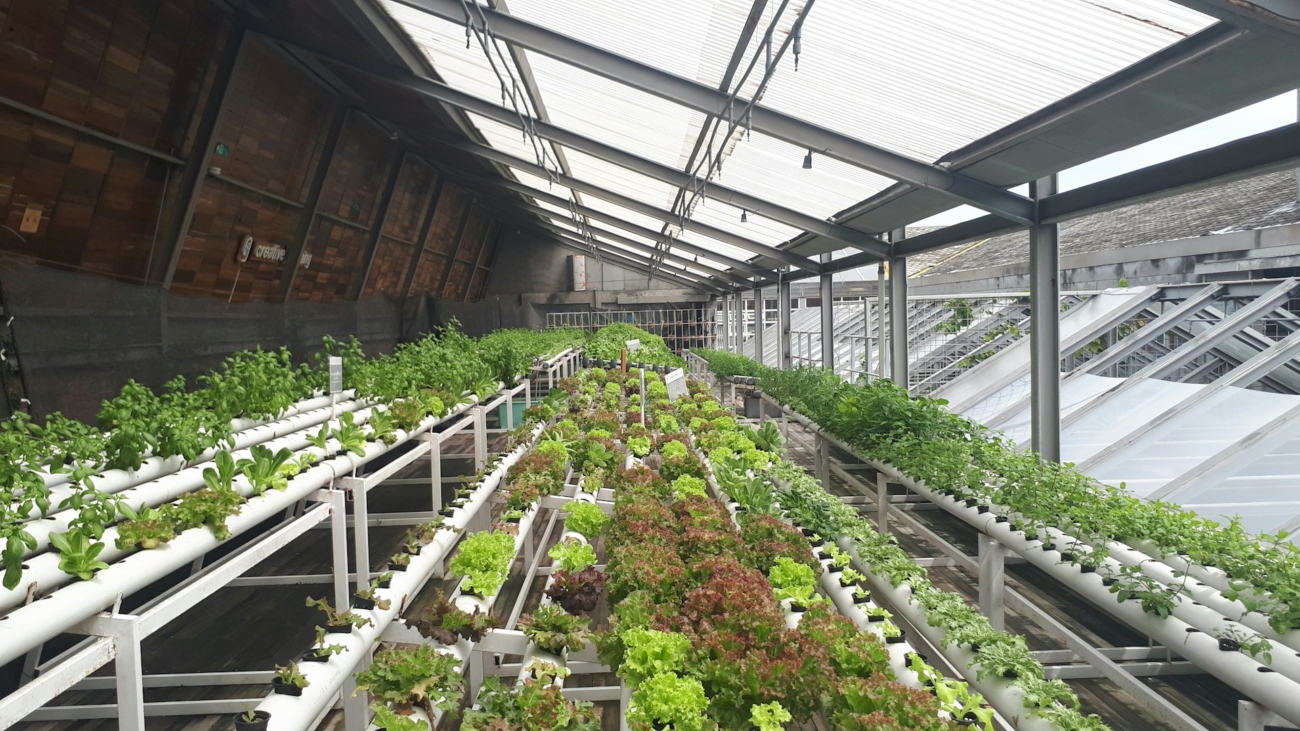Carbon farming, an innovative approach to agriculture, focuses on implementing practices that increase carbon sequestration in soil and vegetation. By capturing atmospheric carbon dioxide and storing it in the ground, carbon farming helps mitigate climate change while providing numerous economic benefits. This article explores the economics of carbon farming, detailing its practices, benefits, challenges, and overall impact on the agricultural sector and the environment.
Understanding Carbon Farming
Carbon farming encompasses a range of agricultural practices designed to enhance the storage of carbon in soils and plants. These practices include no-till farming, cover cropping, agroforestry, rotational grazing, and the use of biochar. By enhancing the natural carbon cycle, these methods not only sequester carbon but also improve soil health, water retention, and biodiversity.
Economic Benefits of Carbon Farming
- Revenue from Carbon Credits: Farmers who adopt carbon sequestration practices can generate additional income by selling carbon credits. These credits can be sold to companies looking to offset their carbon emissions, creating a new revenue stream for farmers.
- Improved Soil Health: Practices such as cover cropping and no-till farming enhance soil organic matter and microbial activity, leading to healthier, more fertile soils. Healthier soils can improve crop yields and reduce the need for chemical fertilizers, lowering input costs.
- Enhanced Water Retention: Carbon-rich soils have better water-holding capacity, which can reduce irrigation needs and improve resilience to drought. This can lower water costs and make farms more resilient to climate variability.
- Increased Biodiversity: Agroforestry and diversified cropping systems support a wider range of plant and animal species, which can improve ecosystem stability and productivity. Biodiverse farms are less vulnerable to pests and diseases, potentially reducing the need for pesticides.
- Long-Term Sustainability: Carbon farming promotes sustainable agricultural practices that preserve the land for future generations. By improving soil health and reducing environmental impacts, farms can remain productive and profitable over the long term.
- Policy Incentives and Grants: Governments and organizations increasingly support carbon farming through grants, subsidies, and tax incentives. These financial supports can help offset the initial costs of implementing carbon sequestration practices.
Challenges and Considerations
- Initial Investment Costs: Transitioning to carbon farming practices may require significant upfront investments in equipment, seeds, and training. While long-term benefits are substantial, the initial financial burden can be a barrier for many farmers.
- Measurement and Verification: Accurately measuring and verifying the amount of carbon sequestered is complex and requires sophisticated tools and methodologies. Establishing reliable systems for monitoring carbon sequestration is crucial for the credibility of carbon credits.
- Market Volatility: The market for carbon credits can be volatile, with prices fluctuating based on policy changes and market demand. Farmers need to be aware of these risks when relying on carbon credits as a revenue source.
- Knowledge and Training: Implementing carbon farming practices requires knowledge and expertise that may not be readily available to all farmers. Access to training and extension services is essential for successful adoption.
- Long-Term Commitment: Carbon farming practices often require a long-term commitment to see significant results. Farmers must be willing to invest time and resources over several years to achieve the desired outcomes.
Case Studies and Examples
- Rodale Institute, USA: The Rodale Institute has been a pioneer in organic and regenerative agriculture, demonstrating the economic viability of carbon farming. Their research shows that regenerative practices can sequester substantial amounts of carbon while improving crop yields and farm profitability.
- Soil Carbon Co., Australia: This company works with farmers to implement microbial solutions that enhance soil carbon sequestration. Their approach has helped farmers increase their income through improved soil health and carbon credits.
- The Marin Carbon Project, USA: This initiative focuses on enhancing carbon sequestration on rangelands through compost application and other regenerative practices. Participating ranchers have seen improved forage production and soil health, along with the potential for carbon credit revenue.
Future Prospects and Policy Implications
The future of carbon farming looks promising, with increasing recognition of its potential to address climate change and support sustainable agriculture. To maximize its impact, several policy and market developments are necessary:
- Supportive Policies: Governments should continue to develop and implement policies that incentivize carbon farming, such as subsidies, tax credits, and grants. These policies can help lower the barriers to adoption and encourage more farmers to participate.
- Robust Carbon Markets: Developing transparent and reliable carbon markets is crucial for the economic viability of carbon farming. Clear standards for measuring and verifying carbon sequestration will enhance market confidence and stability.
- Research and Innovation: Ongoing research is needed to refine carbon farming practices and develop new technologies that enhance carbon sequestration. Investment in research will drive innovation and improve the effectiveness of carbon farming.
- Education and Training: Providing farmers with access to education, training, and extension services is essential for the widespread adoption of carbon farming practices. Knowledge-sharing platforms and demonstration projects can help disseminate best practices.
- Public-Private Partnerships: Collaboration between governments, businesses, and non-profit organizations can accelerate the adoption of carbon farming. Public-private partnerships can provide the resources and support needed to scale up successful initiatives.
Conclusion
Carbon farming presents a compelling opportunity to address climate change while enhancing the economic viability of agriculture. By implementing practices that increase carbon sequestration in soil and vegetation, farmers can benefit from healthier soils, improved yields, and new revenue streams from carbon credits. Despite the challenges, the potential benefits make carbon farming a valuable strategy for sustainable agriculture and environmental stewardship. With supportive policies, robust markets, and ongoing innovation, carbon farming can play a crucial role in building a resilient and sustainable agricultural future.

